Yvette Enrique knows what it’s like to struggle with “hiya,” or shame. She also understands what it’s like to feel the other side of “hiya,” known as “sayang” — in other words, feeling like a waste. Both of these concepts play a big role in Filipino culture: To be on the wrong side is akin to being ostracized in the community.
Growing up, however, Enrique looked like she was living the Filipino American dream. She attended private Catholic schools and took piano and dance classes. Shortly after high school, she became a nurse — a profession highly glorified among Filipinos across the diaspora. Internally, though, she was struggling. She lived in a household of domestic violence, and her parents got divorced when she was young. But it wasn’t something she felt like she could open up about.
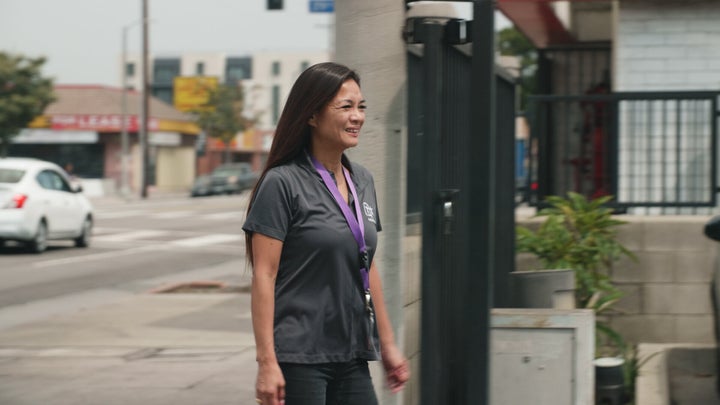
“We just didn’t talk about it,” Enrique told HuffPost. “When it did finally kind of surface, I remember family members telling me, ‘You can’t live in the past. Just keep going.’ It sounds very cold, but it’s the Filipino way where bad things shouldn’t phase you, struggles shouldn’t be seen. We have a hard time even mentioning our struggles now.”
Enrique started drinking alcohol and using cocaine when she was a teenager. Her family found out she was using cocaine and sent her to a short-term recovery program. But she kept using, which eventually became a gateway to methamphetamines. She was able to keep it under wraps from her family until it started affecting her work. At around 26 years old, she quit her job, not realizing at the time that she would eventually lose her license and quit nursing altogether.
Studies often suggest that Asian Americans have lower rates of substance abuse than people of other races, but mental health advocates say this belies the dark reality for the fastest-growing ethnic group in the United States.

“Cultural stigma and shame and the lack of knowledge exacerbates the hidden nature of mental health,” said Diane Ujiiye, an activist and former substance abuse counselor. “So if you don’t access psychotherapy or counseling, certain kinds of medication — and I’m not a proponent to medicate quickly — then you’re going to seek other ways to cope, to numb the pain, to escape and to function.”
This erasure largely stems from the way data on substance abuse has been historically gathered to begin with. In fact, Asian Americans weren’t a category of data collection for various state agencies until the 1990s, Ujiiye said.
“If you don’t have the data, you don’t have the basis to advocate for federal, state, county funds for treatment services, so there’s the cycle,” she said. “No data, no services — ergo, no data, no services.”
Compounding the issue for many is the pressure to fulfill the model minority myth. The term, popularized in a 1960s New York Times story by sociologist William Peterson, refers to a set of stereotypes that Asians are able to achieve high levels of education and socioeconomic status more so than other communities.
As a result, people who don’t fit under the model minority myth feel “stigma and shame for not living up to the standards, spoken and unspoken,” Ujiiye said.
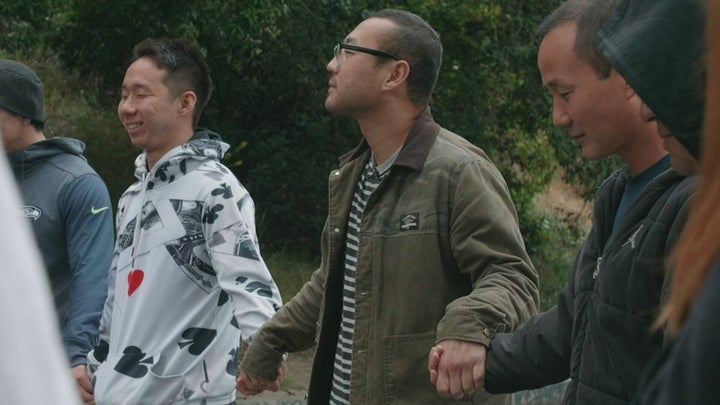
Like other marginalized communities, Asian Americans have had to consistently struggle with racism and being identified as an “other” in their own country, which can have an even deeper negative impact on their mental health. And if mental health issues aren’t being addressed in Asian communities, then substance abuse disorders are even more invisible.
Enrique spent years away from her family to hide her “hiya,” or shame. She didn’t want to face the feeling of “sayang,” or disappointment, from her family, either. When she was finally ready to get help, she didn’t know where to turn.
“I didn’t know that there was help out there for me,” she said. “A lot of the resources focus on other populations. But because Asians don’t talk about the problem with addiction, it’s an embarrassment, and ‘it doesn’t happen to our family.’ I didn’t think that there was anything specific for me.”
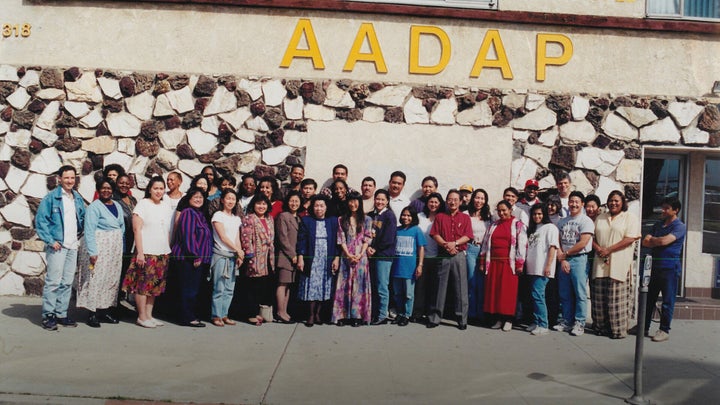
It wasn’t until her sister introduced her to the Asian American Drug Abuse Program that things began to change for Enrique. AADAP opened in 1972 as the first center specifically dedicated to helping Asian Americans struggling with substance abuse in Los Angeles, California, though it welcomes people of any ethnicity.
“Not only did I see people that look like me, I saw people I knew,” Enrique said. “It felt like a homecoming in a way, because there were people there that knew my struggle. But having Asians there made me feel like I really am not the only one.”
Nearly 50 years after opening its doors, AADAP is still just one of a small handful of rehabilitation facilities aimed at serving the Asian American community in California. Nanoom Christian Fellowship, like AADAP, is also open to people of any ethnicity or religion but mainly serves Koreans, who have some of the highest rates of addiction among Asian groups in the U.S., according to some studies.
Pastor Young Ho Han opened the free rehab center after dealing with his own addiction to cocaine for two decades. The majority of the staff working at the center are former addicts, and patients who relapse don’t have to worry about being kicked out.
This freedom is an integral part of how Nanoom operates. After cycling through different rehab programs, Han wanted to create a space that was different.
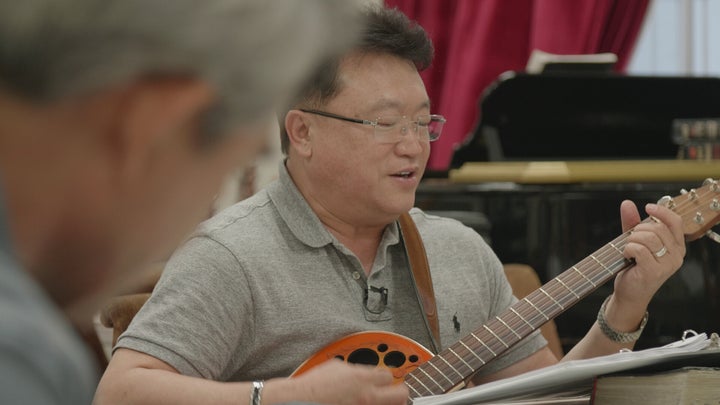
Duhui Lee is one of nearly 50 residents at Nanoom. He came to the U.S. when he was 3 years old and moved to Los Angeles with his family. He struggled to feel a sense of belonging in his new neighborhood.
“I did drugs to kind of feel socially accepted, a lot of Vicodins and Norcos,” Lee, 32, said. “When I smoked pot, I only did it because other people were doing it. I was just uncomfortable in my skin more than anything else, because of a lot of the cultural barriers.”
Lee started using cocaine when he was a student at the University of California, Santa Barbara. He eventually got kicked out of school at 20 years old and became suicidal — the darkest period of his life, he recalled. He didn’t want to return to his family after getting kicked out of college, and he isolated himself from most of his community. It wasn’t until his mother checked him into Nanoom that recovery started to seem like a possibility.
“Everyone here, they’re honest with me because even they told me everything. I don’t criticize,” Han said. “I don’t judge. I always say, ‘I appreciate it. Thank you so much.’ That’s my answer, that’s all I can do.”
There are a number of factors that need to be taken into account when treating addicts in the Asian community. Outreach is critical, advocates said, since Asians tend to wait until the chronic stages of addiction before seeking help. That means maintaining a highly visible presence in communities with a large number of Asian Americans. Another key component is in-language services and materials.
“If you have treatment staff that look like you and have a background in recovery, that’s then very helpful,” Ujiiye said. “There’s a sigh of relief that you can breathe sitting from someone that looks like your auntie or sister or brother or uncle.”
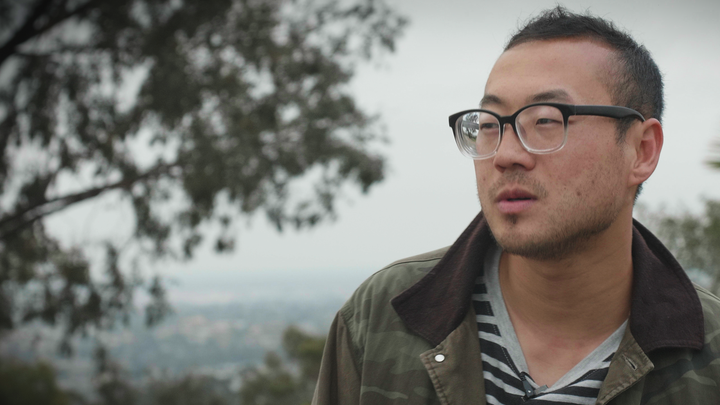
It’s also important for various systems of care to become more coordinated — the judicial system, immigration, health care and, importantly, education.
“A lot of the symptoms start to manifest in the classroom, and we want to identify them early and we want to catch them in a way that is helpful and diverts people from entering into the criminal justice system,” Ujiiye said.
Including families in the recovery process is also crucial, but the reluctance to get help — or even admit there’s a problem — can have long-term consequences in Asian communities. Without policymakers acknowledging that Asian Americans and Pacific islanders need equal access to health and mental health services, Ujiiye said, then the cycle of generational trauma will continue.
It’s something that Enrique, who is now reunited with her family and working at AADAP as a case manager, wishes more people understood about dealing with addiction in Asian communities. She explained that enabling goes hand in hand with “hiya” because encouraging someone to go to treatment means something was wrong.
“That’s not something you want to admit to for your family, that there’s a problem, ’cause there should never be problems,” Enrique said. ”[But] it’s OK. It’s OK to get treatment. It’s OK to save your family, you know?”
REAL LIFE. REAL NEWS. REAL VOICES.
Help us tell more of the stories that matter from voices that too often remain unheard.
Credit: Source link